Lisa Pathfinder, the gravitational wave space mission, proclaimed a win
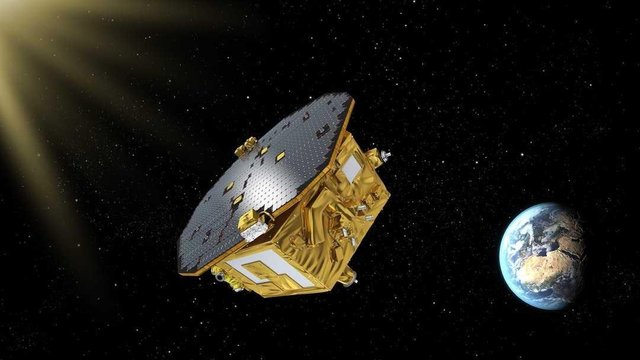
The European Space Office (ESA) reports that it has made the "calmest place in space" as a major aspect of its intend to get away from the Earth-bound impediments that lessen its capacity to distinguish gravitational waves.
In a paper distributed in the diary Physical Survey Letters, ESA specialists drove by Michele Armano of the College of Trento, Italy, report the last consequences of the LISA Pathfinder mission – a 400-million-euro test that commenced in December 2015.
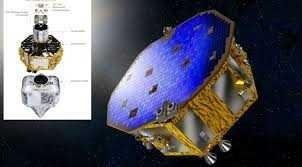
"LISA" remains for Laser Interferometer Space Recieving wire. The mission included developing a reason constructed spaceship – basically an unmanned research facility – and utilizing it direct a test that conveyed echoes of Galileo's Inclining Tower of Pisa explore.
The LISA Pathfinder mission ended up on July 18, 2017, yet the examination of the information picked up has just barely been finished.
With the scientists asserting achievement, the entryway is currently open – hypothetically, in any event – for ESA's most eager mission yet. This will be a full-scale LISA set up, containing three satellites exhibited in a triangular development, 2.5 million kilometers separated and connected by laser pillars. The satellites will be outfitted to distinguishing the microscopic mutilations made by gravitational waves.
The LISA mission is slated for dispatch in 2034, in spite of the fact that the ESA boffins cheerfully concede that its requests overwhelm the breaking points of present innovation.
The explanation behind utilizing a gigantic space-based recognition office is on the grounds that Earth-based gravitational wave locators –, for example, the Laser Interferometer Gravitational-Wave Observatory (LIGO) – can't totally escape obstruction from earthbound commotion sources, for example, seismic action. They additionally, obviously, have a size farthest point: the two "arms" of LIGO are every four kilometers in length – however that could not hope to compare to LISA's planed 2.5 million kilometer traverse.
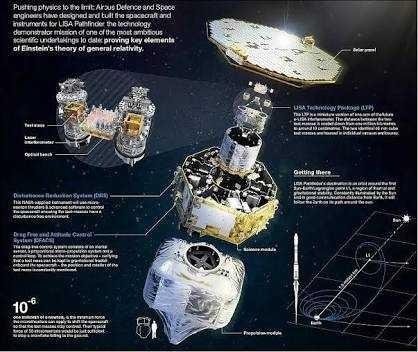
Existing Earth-based indicators have been stupendously fruitful in grabbing gravitational waves created because of impacting dark openings or neutron stars.
Be that as it may, they are adapted to picking signals inside a relatively limit high recurrence run – from 10 to 1000 hertz. That implies they can't get the gravitational waves delivered by supermassive dark openings, which are anticipated to be in the scope of 0.00002 to 0.1 hertz, substantially less the waves that frame some portion of the cosmological foundation (produced 13.8 billion years prior), which are anticipated to have frequencies as low as 0.000000000000001 hertz.
To have a possibility of recognizing these, gear must work in a domain that is flawlessly quiet – and this is the place the LISA Pathfinder mission comes in, as verification of-idea that estimating hardware can be totally separated from all commotion, even that made by particles striking into each other.
The Pathfinder make contained a void space in which were found two-kilogram free-falling 3D shapes, connected by lasers. The specialty itself, once in circle, was controlled by little miniaturized scale newton thrusters that calculated the ship along these lines and that, protecting the void from impedance made by the weight of sun oriented radiation and particles moved by sun oriented breeze.
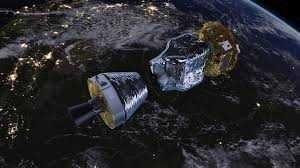
Inside, dynamic changes in accordance with locally available gear enabled the scientists to focus on detecting frequencies underneath one hertz. One test included managing the impact of remaining getting away gas inside the art, which made atoms skip off the 3D squares. It took a while, yet in the long run the impact was decreased 10-crease.
Likewise enormously lessened was the modest inertial power following up on the solid shapes, delivered by a blend of the Pathfinder's circle and the trackers used to arrange it.
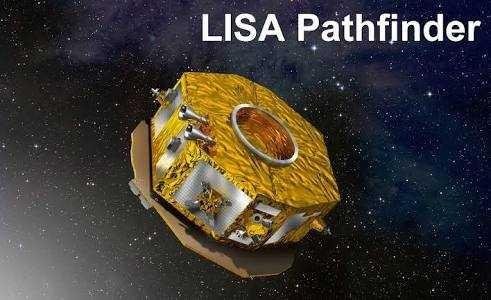
In the last paper, the scientists report that before the finish of the mission, LISA Pathfinder could recognize clamors down to a shocking 0.00002 hertz – well inside the range required for the full-scale LISA mission.
This implies once the triangle of satellites is in the long run up and running, it will have the capacity to distinguish early indications of a dark gap merger, weeks before the inevitable impact.
Hi, I found some acronyms/abbreviations in this post. This is how they expand: